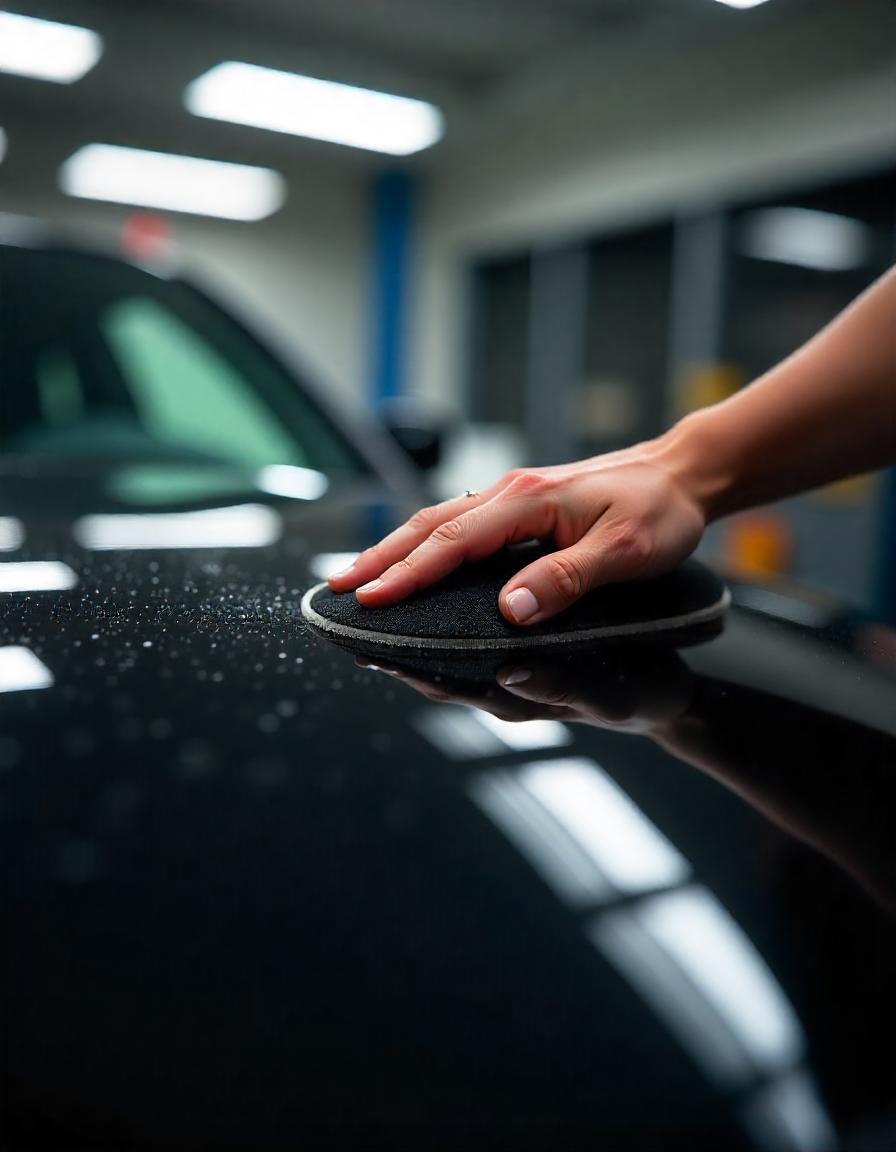Can PPF Be Removed Without Damaging Your Paint?

Paint Protection Film (PPF) is a popular option for car owners who want to safeguard their vehicle’s paint from scratches, chips, and environmental damage. But what happens when you want to remove the PPF after it has served its purpose? Will removing the film damage the paint beneath? Let’s dive into the process and potential risks involved in removing PPF.
What is Paint Protection Film (PPF)?
PPF is a clear, durable polyurethane film that’s applied to the exterior of a vehicle to provide an additional layer of protection against minor abrasions, road debris, bird droppings, and UV rays. Often referred to as a “clear bra,” PPF is practically invisible and can be applied to specific areas or the entire vehicle.
While PPF is designed to last for several years, there may come a time when you need to remove it—whether due to aging, yellowing, or a desire to replace it with a new film. The good news is that PPF can be removed without damaging the underlying paint if done correctly. However, there are some important factors to consider before you proceed.
Can PPF Be Removed Safely?
Yes, PPF can be safely removed without damaging the paint, provided the proper techniques and tools are used. However, the process requires patience and attention to detail. Removing PPF is not a simple peel-and-pull task, especially if the film has been on the car for several years. Over time, the adhesive can bond strongly with the paint, which can lead to potential issues during removal if not handled carefully.
The Risks of Improper PPF Removal
While it’s possible to remove PPF without damaging the paint, there are a few risks if the process isn't done right:
- Adhesive Residue: If the adhesive isn’t fully removed, it can leave behind sticky residue that may be difficult to clean off without affecting the paint.
- Paint Pulling: In rare cases, if the PPF was not applied properly or the paint underneath is of poor quality, peeling the film off might lift off the paint itself. This is more common with older vehicles or when the film was applied over a poorly prepped surface.
- Discoloration or Staining: If the PPF has been exposed to harsh environmental elements for an extended period, the film might degrade, leaving the paint underneath discolored or slightly stained.
How to Safely Remove PPF
To avoid damaging your paint when removing PPF, it’s crucial to follow the right steps. Here’s a general guide to doing so safely:
1. Warm Up the Film
Before attempting to remove the PPF, you’ll need to soften the adhesive. Use a heat gun or a hairdryer to gently warm the film. Apply heat evenly across the surface of the PPF for 2-5 minutes. Be careful not to overheat the area, as excessive heat can damage the paint.
2. Peel the Film Slowly
Once the film is sufficiently warmed, begin peeling it from one corner. Use your fingers or a plastic scraper to lift the edge carefully. Pull the film back at a 45-degree angle, working slowly to avoid tearing the film or pulling up the paint.
3. Use Adhesive Remover
After the film is removed, you may find some adhesive residue left behind. Use a specialized adhesive remover or citrus-based cleaner to dissolve the sticky substance. Apply it gently with a microfiber cloth and wipe away the residue. Be cautious not to rub too hard or use abrasive materials, as this can scratch the paint.
4. Clean the Surface
Once the adhesive is removed, clean the area with soap and water. Follow up with a polish or wax to restore the shine and protect the paint.
Should You DIY or Hire a Professional?
While removing PPF yourself is possible, it requires patience and careful attention to detail. If you're not confident in your ability to do so without causing damage, or if the film is difficult to remove, it may be wise to hire a professional. Many auto detailers and shops that specialize in PPF can safely remove the film and ensure that your car's paint remains in pristine condition.
What If PPF Has Been On for Years?
If the PPF has been on your vehicle for many years, it could be more challenging to remove. Over time, the adhesive can bond more strongly to the paint, and the film itself may become brittle or discolored. In such cases, using a heat gun to soften the adhesive is even more crucial, as is working slowly and cautiously to avoid any issues.
Conclusion
PPF can indeed be removed without damaging the underlying paint if the right tools and techniques are used. By applying heat, peeling the film carefully, and cleaning off any adhesive residue, you can restore the look of your vehicle’s paint with minimal risk. However, it’s important to approach the removal process with patience and, if necessary, enlist the help of professionals to ensure that your car’s paint remains in excellent condition. Whether you're removing old PPF or replacing it with a new layer, handling the film correctly is key to maintaining your vehicle’s appearance and value.
- Art
- Causes
- Crafts
- Dance
- Drinks
- Film
- Fitness
- Food
- Jogos
- Gardening
- Health
- Início
- Literature
- Music
- Networking
- Outro
- Party
- Religion
- Shopping
- Sports
- Theater
- Wellness


